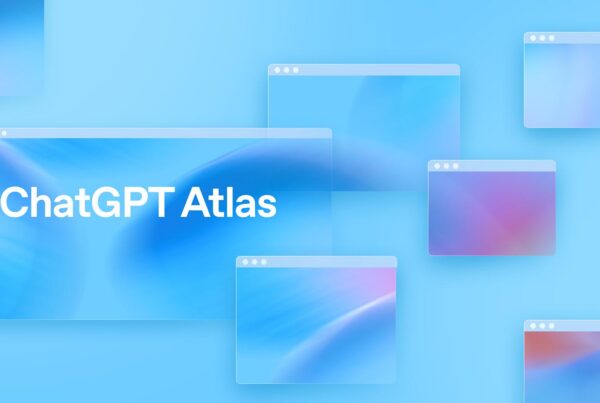Google Ads is reportedly doubling the negative keyword limit at the campaign level, from 5,000 to 10,000. This change was first identified by one of the advertisers who reported the finding, and immediately sparked discussions in the digital advertising community. As of now, Google has not issued an official announcement regarding this new policy, which has led to speculation whether the change is a limited trial, a system glitch, or a rule change being implemented gradually without a major announcement.
Negative keywords are an important element in Google Ads strategy. By using a negative keyword list, advertisers can prevent their ads from appearing in irrelevant searches. This helps to reduce costs, increase campaign effectiveness, and ensure that ads are only shown to the appropriate audience. Over the years, the 5,000 negative words limit at the campaign level has been considered adequate, although it often imposes limitations on large accounts with a complex campaign scale.
An advertiser who actively monitors system changes has found that the campaign's negative keyword list can now hold more than 5,000 words. He managed to add up to 10,000 words without any error messages, something that had previously been impossible. This discovery quickly spread to industry forums and sparked the curiosity of large-scale campaign managers who often complain about the long-standing limitations.
Implications for Advertisers
If the negative keyword limit has indeed been officially increased, this will provide greater flexibility for advertisers. They can consolidate the negative list that has had to be split across several campaigns for a long time. This consolidation will reduce the risk of duplication and simplify advertising management in the long term. A large account that has thousands of product variations, locations, and search phrases will benefit greatly.
However, without official confirmation from Google, there are certain risks for those who directly take advantage of this change. If it turns out that this limit increase is only a temporary glitch, then Google can revert the system to the old rules. This situation can cause errors in campaigns that are already running and potentially disrupt ad performance.
Industry experts emphasize the need for caution. They recommended that advertisers continue to follow the 5,000 figure as the official benchmark until Google updates its public documentation. Transparency from Google is eagerly anticipated to avoid confusion among advertisers who must plan their strategy carefully.
Reactions and Speculation
A number of digital marketing practitioners consider this step to be part of Google's strategy to improve the quality of ads on their platform. By giving more space to negative keywords, advertisers can be more selective in targeting ads, which will ultimately improve the user experience. However, there are also those who suspect that this is merely a technical error that has not yet been fixed.
As of now, the official Google Ads documentation still cites the number 5,000 as the limit for campaign negative keyword lists. There are no change notes insupport pageor an official statement via the company's blog. This increases uncertainty, especially for advertising agencies that manage many clients with complex advertising needs.
Advertisers are advised to continue testing carefully. Some choose to add more than 5,000 negative words to the test account, not to the main campaign, in order to see its potential impact. This step is considered safer than directly changing the core campaign that is related to a large budget.
This change to the limit on negative keywords in Google Ads opens up opportunities as well as challenges. If it is official, advertisers will have greater control over optimizing campaigns. However, if it's only a glitch, the risk of loss remains. Right now, all eyes are on Google to determine whether this new limit is a permanent policy or merely a technical anomaly.
For advertisers, the wisest step is to stay within the 5,000 limit while monitoring each account. Don't forget to regularly check the official Google Ads documentation so you don't miss updates.
Discover more from Insimen
Subscribe to get the latest posts sent to your email.










